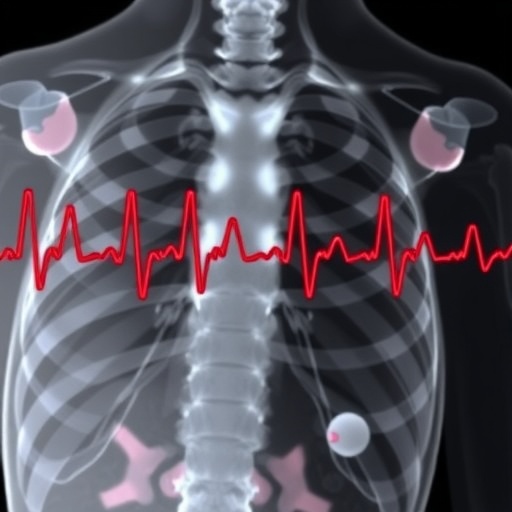People generally make decisions using two ways of thinking: They think consciously, deliberate for a while, and try to use logic to figure out what action to take — referred to as analytical cognition. Or people unconsciously recognize patterns in certain situations, get a "gut feeling," and take action based on that feeling; in other words, they use intuitive cognition. In his February Human Factors paper, "Intuitive Cognition and Models of Human-Automation Interaction," Robert Earl Patterson found that current taxonomies used to classify systems or teams of humans and computers include only conscious, deliberation-type thinking and neglect the role of intuitive cognition. Patterson suggests that automated systems of the future — such as smart cars, homes, and devices — may be improved if they incorporated both intuitive and analytical cognition. In the paper, he presents a new dual-processing taxonomy based on the work of Raja Parasuraman and colleagues in 2000.
"Intuitive cognition," Patterson states, "should be encouraged whenever automation fosters a quick grasp of the meaningful gist of information based on experience or perceptual cues, without working memory or precise analysis." For example, an individual interacting with computers that display the status of a system in pictorial form would engage intuitive cognition via those perceptual cues.
Patterson notes an advantage: "Intuitive cognition is relatively immune to time pressure and workload, unlike analytical cognition, which is slow in responding." This could be seen, for example, in a scenario in which experienced firefighters quickly extinguish a difficult fire using intuitive cognition they've developed from dealing with fires in the past.
To bring intuitive cognition into future automated systems, Patterson speculates, "the human and machine may need to train together in some fashion so the interaction can be based on learned unconscious pattern recognition."
In the long run, Patterson believes that a human-automation taxonomy that incorporates intuitive cognition will promote novel human-machine system design in the future. He and coauthor Robert Eggleston delve more into intuitive cognition in a paper to be published in the Journal of Cognitive Engineering and Decision Making in March 2017.
###
To receive a copy of "Intuitive Cognition and Models of Human-Automation Interaction" for media-reporting purposes, contact HFES Communications Director Lois Smith (310/394-1811, [email protected]).
The Human Factors and Ergonomics Society is the world's largest scientific association for human factors/ergonomics professionals, with more than 4,500 members globally. HFES members include psychologists and other scientists, designers, and engineers, all of whom have a common interest in designing systems and equipment to be safe and effective for the people who operate and maintain them. "Human Factors and Ergonomics: People-Friendly Design Through Science and Engineering."
Media Contact
Lois Smith
[email protected]
310-394-1811
@HFES
http://hfes.org
############
Story Source: Materials provided by Scienmag




